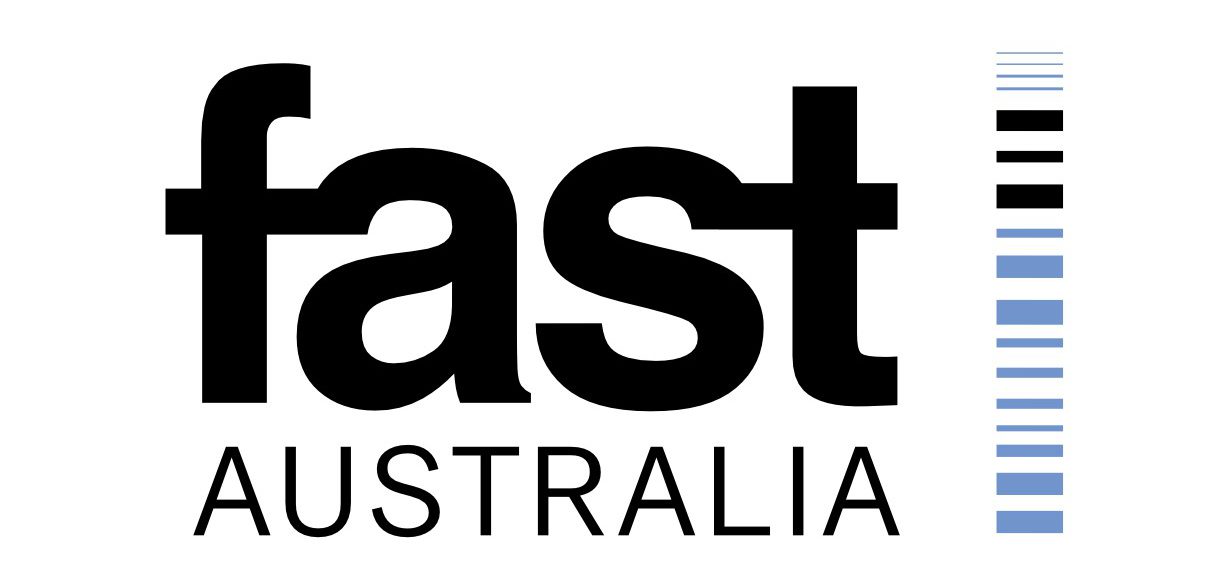Findings typically present in affected individuals
- Normal prenatal and birth history, normal head circumference at birth, no major birth defects.
- Normal metabolic, hematologic, and chemical laboratory profiles.
- Structurally normal brain by magnetic resonance imaging (MRI) or computed tomography, although mild cortical atrophy or dysmyelination may be observed.
- Delayed attainment of developmental milestones without loss of skills.
- Evidence of developmental delay by age 6 to 12 months, eventually classified as severe.
- Speech impairment, with minimal to no use of words; receptive language skills and nonverbal communication skills higher than expressive language skills.
- Movement or balance disorder, usually ataxia of gait and/or tremulous movement of the limbs.
- Behavioural uniqueness, including any combination of frequent laughter/smiling; apparent happy demeanour; excitability, often with hand-flapping movements; hypermotoric behaviour; short attention span.


